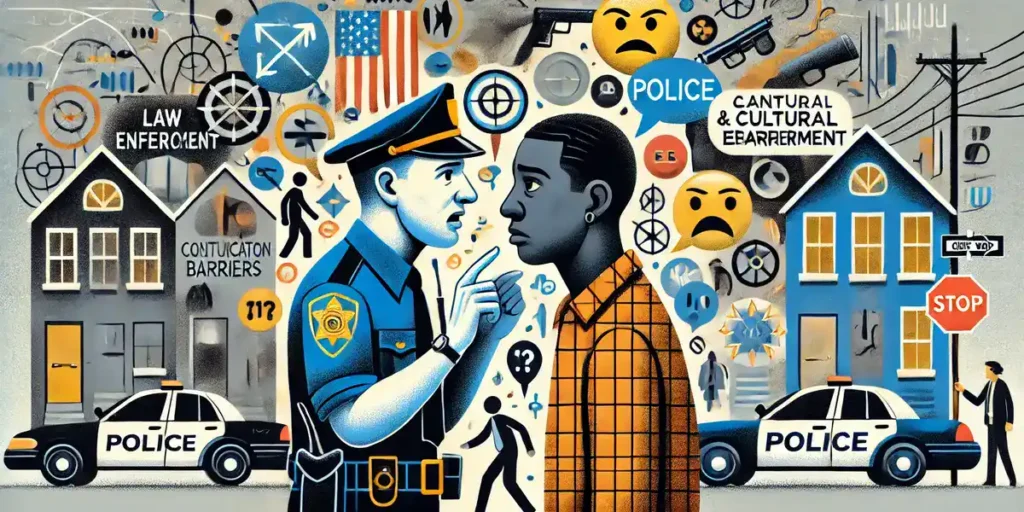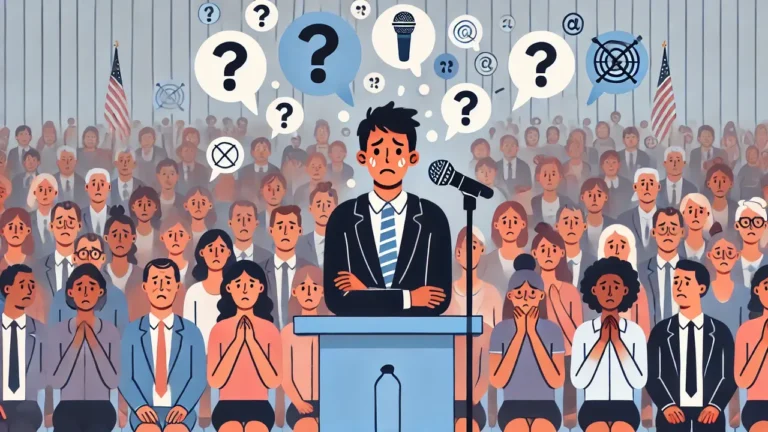Communication Barriers in Law Enforcement
Ever wonder why some interactions with law enforcement go awry? Communication barriers often play a huge role. When officers and civilians fail to understand each other, it can lead to misunderstandings, mistrust, and even conflict.
I’ve seen firsthand how language differences, cultural misunderstandings, and even non-verbal cues can create significant hurdles. Addressing these barriers is crucial for building stronger, safer communities. Let’s dive into the common obstacles and explore ways to bridge these gaps effectively.
Understanding Communication Barriers in Law Enforcement
Communication barriers between officers and civilians create significant challenges. To better understand these barriers, it’s essential to examine their types and impacts.
Types of Communication Barriers

Different communication barriers affect law enforcement. These barriers include:
Language Differences
Officers and civilians may speak different primary languages, leading to misunderstandings. For example, in a community where Spanish is prevalent, an officer who only speaks English might face communication difficulties.
Cultural Misunderstandings
Officers and civilians from different cultural backgrounds might misinterpret behaviors and expressions. For example, direct eye contact may be seen as respectful in some cultures but confrontational in others.
Non-Verbal Cues
Misinterpretation of body language, facial expressions, and gestures can lead to confusion. For instance, a civilian’s folded arms might be perceived as defensiveness by an officer, while the civilian intends it as simply being cold.
Misunderstandings and Mistrust
When officers and civilians fail to communicate effectively, it can lead to misconceptions and mistrust. Miscommunication during a routine stop could escalate a situation unnecessarily.
Conflict and Escalation
Poor communication can turn minor incidents into major conflicts. If a civilian feels misunderstood or disrespected because of a language barrier, they might react defensively, leading to a confrontational situation.
Operational Inefficiencies
Ineffective communication hinders information exchange, affecting operational efficiency. For example, an officer unable to understand a witness’s account due to language differences delays investigations.
Addressing these barriers enhances police-community interactions and builds safer communities.
Cultural and Linguistic Challenges

Cultural and linguistic challenges often hinder effective communication in law enforcement, causing critical misunderstandings and operational inefficiencies.
Multicultural Dynamics in Law Enforcement
Law enforcement agencies operate in multicultural societies, facing diverse traditions, norms, and values. Officers, encountering varied cultural dynamics, must adapt communication strategies to bridge cultural divides effectively. Misunderstandings arise when cultural contexts clash with law enforcement practices.
For example, in some cultures, direct eye contact signifies respect, while in others, it might be perceived as confrontational. Additionally, gestures common in one culture might be offensive in another. Officers, without cultural competence training, struggle to interpret these signals accurately.
Language Differences and Misunderstandings
Language barriers create significant communication obstacles. When officers interact with non-English speakers or individuals with limited English proficiency, misunderstandings escalate.
For example, procedural instructions might be misheard or misinterpreted, leading to compliance issues. Furthermore, the lack of bilingual officers or interpreters exacerbates the problem, causing delays in critical moments.
Law enforcement agencies, investing in language training programs and translation services, can mitigate these barriers, enhancing operational efficiency and community trust.
Technological Barriers in Modern Policing

Modern policing faces significant technological barriers that complicate communication. These barriers impact efficiency and response times, which ultimately affect public safety.
Outdated Equipment and Systems
Law enforcement agencies often rely on outdated radio systems and communication devices. These legacy systems can result in unclear transmissions, dropped signals, and delays. For example, analog radios used in many jurisdictions suffer from limited range and poor sound quality. Investment in digital communication tools is essential to overcome these issues and facilitate smoother operations.
Adoption of New Communication Technology
Integration of new communication technologies could dramatically enhance policing. However, adopting these tech solutions poses challenges, such as budget constraints and the need for extensive training. Advanced systems like encrypted digital radios, body cams, and mobile data terminals (MDTs) offer clear channels and robust data protection. Despite these benefits, widespread implementation remains uneven due to the high costs and required expertise.
Overcoming Communication Barriers
Addressing communication barriers in law enforcement requires proactive strategies. Key approaches include specialized training and implementing effective practices.
Training and Continued Education
Officers need regular training to handle diverse communication challenges. Implementing language courses improves interactions with non-English-speaking communities. Cultural sensitivity training helps understand behavioral norms and reduces misunderstandings. These programs should be mandatory and updated to reflect changing demographics. Regular workshops on non-verbal communication enhance officers’ ability to read body language accurately.
Implementing Best Practices
Adopting best practices standardizes communication methods across departments. Using plain language in radio transmissions reduces confusion. Establishing a chain of command clarifies communication during emergencies. Implementing technology like real-time translation apps can assist in multilingual communication. Departments should share successful strategies to continually improve operations.
Conclusion
Addressing communication barriers in law enforcement is essential for fostering trust and ensuring public safety. By investing in language training programs and modern digital tools, we can bridge gaps and enhance operational efficiency. It’s also crucial to adapt our communication strategies to the diverse communities we serve.
Specialized training in cultural sensitivity and non-verbal communication will further equip officers to handle complex situations effectively. Sharing successful strategies across departments can lead to continuous improvement. Let’s prioritize clear and effective communication to build safer and more cohesive communities.





